Ebay can be tricky to navigate. Not in a general sense. However, sometimes real gems can be found that are hidden between the lines when sellers don’t have a clue about what they’re selling. Case in point; today’s subject. I was able to purchase four copies (two are duplicates) of three years worth of programs from the Martini & Rossi New York International fencing competition, held annually from 1961 until I’m not sure when.
The cover for the 8th Annual Martini & Rossi New York International.
The three (I’ll call it three, since two are the same) programs are from 1968, 1969 and 1970, occurrences 8, 9 & 10. The thing that made these susceptible to falling through the cracks was the listing. Instead of “Martini & Rossi Programs”, they were listed at “Martini and Rosso Programs”. Anyone with a saved search for Martini & Rossi were going to be out of luck. Not to mention, Martini & Rossi used to sponsor other sporting events besides fencing, including (at least) tennis and auto racing, so finding a fencing item would be a rarity all by itself. Compound that with mis-labeling and you’re mostly out of luck. Fortunately, these landed in my inbox under one of my generic ‘fencing’ searches, which I have to sort through every morning to separate the wheat from the chaff.
The credits page for the 8th Annual. The picture in the lower corner shows Hungarian/American sabre fencer Attila Keresztes being awarded the winner’s trophy at the 1963 edition of the event. The fencers to the right are the two Polish fencers, Wojciech Zablocki and Jerzy Pawlowski, who finished 2nd and 3rd.
All of these programs have a common design for the interiors, even to the use of the same comic representations of fencers from year to year. And the fortunate thing is that some of the pages in these programs have sketched out the placement of who finished where, even if just by putting numbers by the top finishers.
1968’s list of epee competitors, with a designation of the final 6 fencers, in order: Nemere, Melcher, Pesthy and 3-way tie for 4th: Saccaro, Netburn and Richards.
It seems like the data of placements noted in the programs can easily be believed; the people who had these programs were there and I wasn’t. I’d like to confirm them, but haven’t been able to source a good write up in the news about this tournament. My go-to is Newspapers.com, but they don’t have the New York Times in their database. The Times has it’s own archive and I haven’t taken the time to get an account. I suppose I should. Support news sources in this challenging time, etc. I’ve certainly got the time on my hands. If I wasn’t so busy trying to decide when to drop DirecTV and which Roku services to pick up as replacements, I’d have done it by now. By watching any amount of TV in the last couple of months, I’m very aware that Hulu has live sports, but whether that will ever include fencing, I seriously doubt. But with the live feeds on YouTube these days, it’s not much of an issue. There’s plenty of fencing to watch. The other one I’m looking at, since I already nabbed Disney so that I could keep up with the Mandalorian (and watch the Haley Mills version of The Parent Trap whenever I want), is the Criterion channel. Seems like a slam dunk. The annual fee is $99, and for that I could watch just about every Akira Kurosawa film made along with a whole bunch of Kurosawa documentaries. Heck, I could watch his catalog in order! What am I waiting for?
The ’68 Sabre list. The top 8: Pawlowski, Pezsa (mis-spelled), Parent, Orban, Bakonyi, Keane, Balla & Okawa. In the collection of color slides that were rescued from Heizaburo Okawa’s leaky backyard storage shed, I’ve got some very damaged photos of Okawa that must date from this event. They’re so hard to make out, but I think this must be what they’re from.
Since I’m thinking about it, I went looking through those particular slides. And when I said above that the slides showed damage, here’s what I meant:
That’s what water and time can do to a color 35mm slide. There are a couple of fencers in there somewhere. One foot and a side judge are about all you can make out.
However, the one photo that’s still in reasonable shape is of Okawa, presumably on the podium being awarded the 8th place finish, standing next to another fencer. If, as I believe, they put the finalists up in order of finish, that’s the 7th place finisher next to Heizaburo, Thomas Balla. Someone who knows what Tom looks like will have to let me know if I’m right. Here’s the photo:
After a quick Google search, I’m pretty sure that is Tom Balla. And, to make things even better, in doing that search I found a link to a website of interviews with 1968 Olympic athletes, including Tom and several other fencers who competed in Mexico. Here’s the link: https://archives.starkcenter.org/1968ohp/histories/histories.html. You have to scroll down to get to the fencers. Ok, moving on!
The 9th Annual cover, from 1969.
The foil and epee results for 1969. The final order for foil goes: Woyda, Tiu, Kamuti, Parulski, Kamhi, Pinnelli, Mannino and Noel. That’s one tough final. The epee order: Kulscar, Jeanne, Pesthy (3rd again), Chamay, Saccaro, Netburn (7th), Gonsior (8th). In 6th place, from another source, I have Szuniogh from I don’t know where, nor am I certain of the spelling.
1969 seems to be the year they decided to introduce a women’s foil event to the competition. This is long before women were able to compete in epee or sabre at more than the local level, and not much of that happened, either.
The women’s event is small and I don’t have the results, unfortunately. They also had to come up with a graphic for this, since the cartoons they used for several years like the one above for the sabre event didn’t include a women’s foil version. The sabre page from this copy doesn’t spell out the final placements, but, once again from another source, I have the run-down. It’s an interesting one, too. They ran a final pool of 6 and at the end of the pool three fencers were 1-4 and three fencers were 4-1, which I’ve never personally seen. That finish required a fence-off for the top three and saw Pawlowki beating both Pezsa (mis-spelled again) and Ion Drimba (who’s name doesn’t appear in the program), then Pezsa defeating Drimba. So: Pawlowski, Pezsa, Drimba, in that order. Not sure of the order for 4-5-6, but the other finalists were Al Morales from the US, Montano and Bonnissent.
In the center of all three of these programs, they included a brief cheat-sheet for uninitiated viewers so that they might follow along with the action. It always had the same photo and same description.
The center page, as seen in all three editions of these programs.
The final program, from 1970, is the only cover I’ve ever seen before. Carl Borack sent me a copy of the image, so I was familiar with it. It features a cover by well-known painter and illustrator Dick Shelton, who did a lot of work in magazines of all kinds in the 1950s and 60s.
I did a little Photoshop surgery on this to pretty it up. There was a little bit of damage and some of the usual age spots or printing artifacts, but it cleaned up real nice.
Alas, for 1970, I’ve got nothing on the final placement for the foil or the epee. And, surprisingly, the women’s event seems to have disappeared after just the one year. Either that, or they simply didn’t put them in the program. There are a couple of names listed above of people who sometimes take a look at my post, so perhaps they’ll be able to drop some knowledge bombs on me about who did what for this outing. I’m looking at you, Carl Borack and Joe Shamash.
I can’t help but wonder if whoever it was that had these programs in hand originally and added in the details of who finished where had been a sabre fencer. For this one, at least, it’s the only place they made note of what happened. And, after winning this event three times in a row, Jerzy Pawlowski of Poland finishes in third. Four years later, after making his last appearance in a World Championship final in 1973, Pawlowski was arrested in Poland for espionage. That’s a long story.
1970’s final order for sabre: Rigoli, Kallmar, Pawlowski, Orban, Pezsa (and they finally got the “z” and “s” in the right order), Gall, Hamori and Mohoss.
That last group contains several names that are familiar to me for having made the documentary, The Last Captain, about the great Hungarian champion and coach George Piller. For that film, now available for free viewing on YouTube btw, we interviewed Alex Orban and Csaba Gall in the US, and Jeno Hamori and Janos Mohoss in Budapest. We would have liked to interview Tibor Pezsa also, but he was unfortunately unavailable during our two weeks in Hungary.
So that’s the latest Ebay purchase. Interestingly, the same seller now has this same group of programs for sale again – and they’ve got a slightly different collection of hand-written notes on some of the pages. I’m out of the market, having purchased these, but if you want to go pick them up – and be forewarned, they raised the price – make sure to search for “Martini Rosso Program”. Searching by their actual name won’t do it.


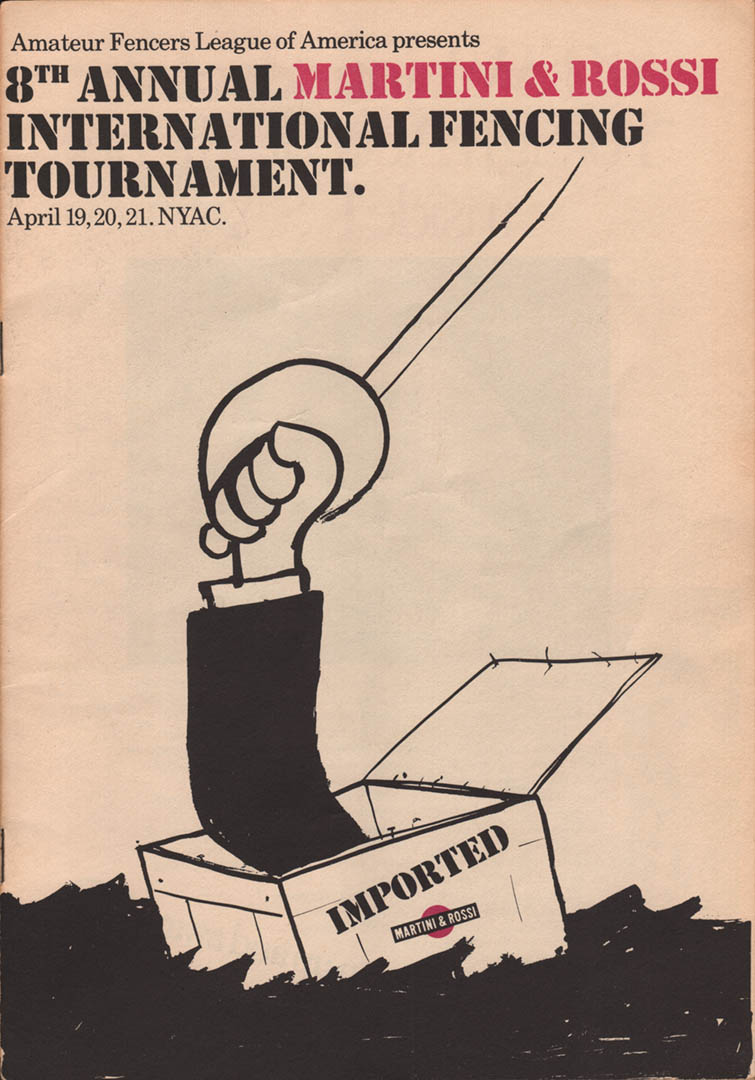
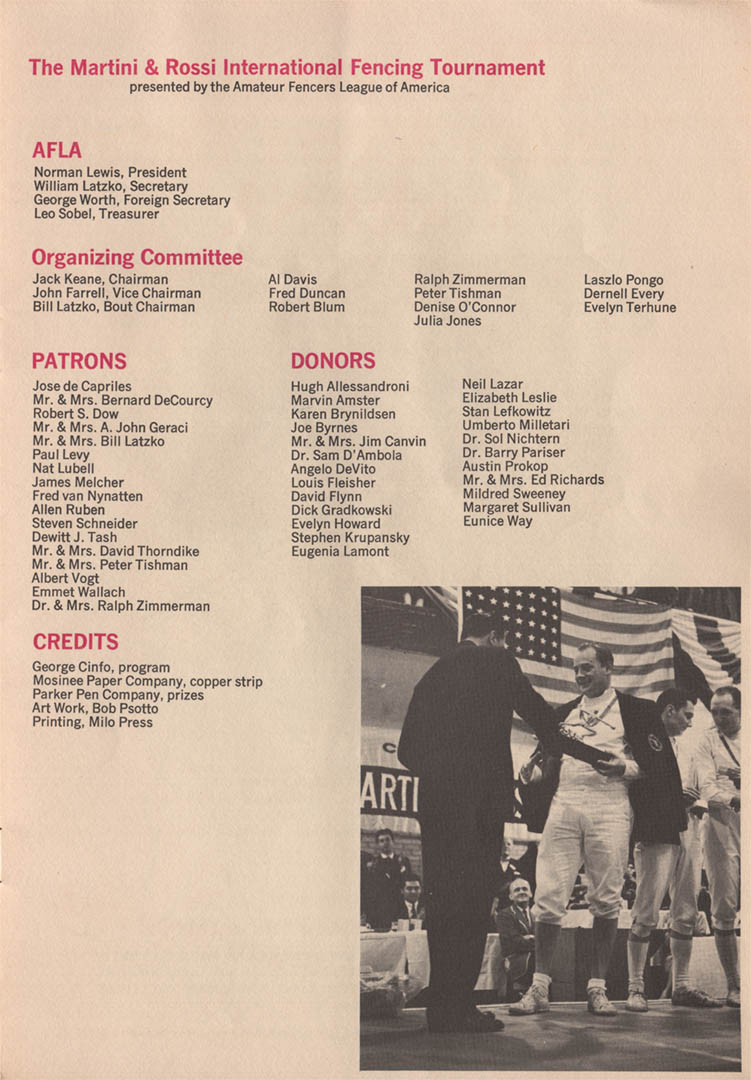
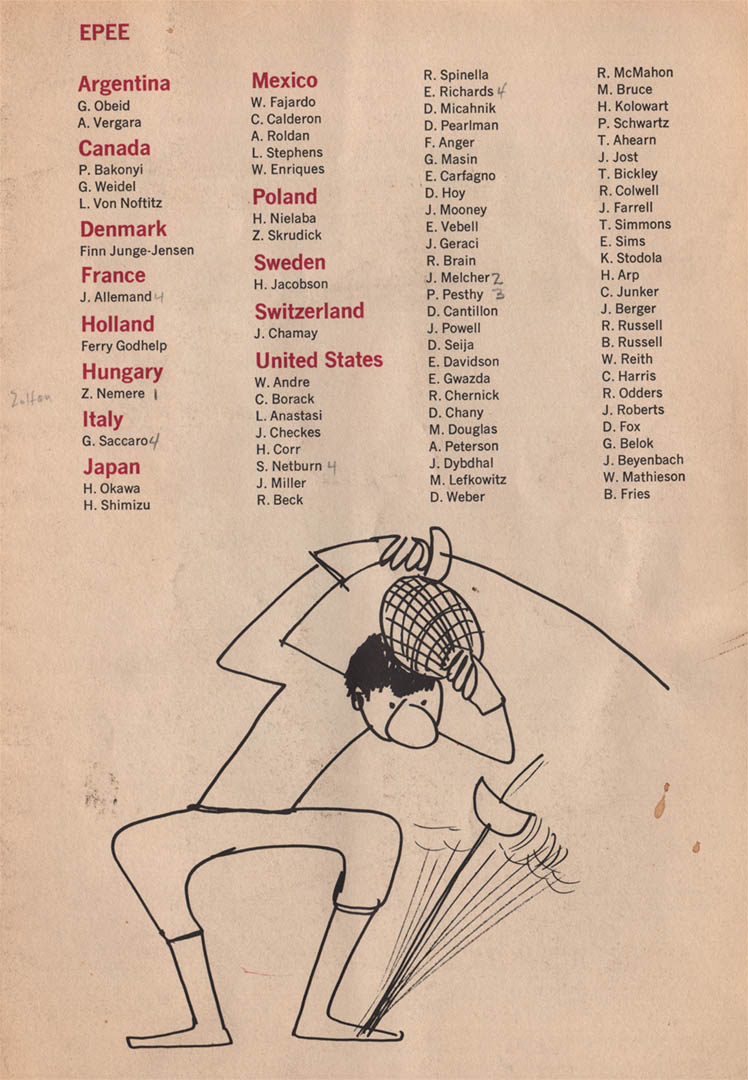
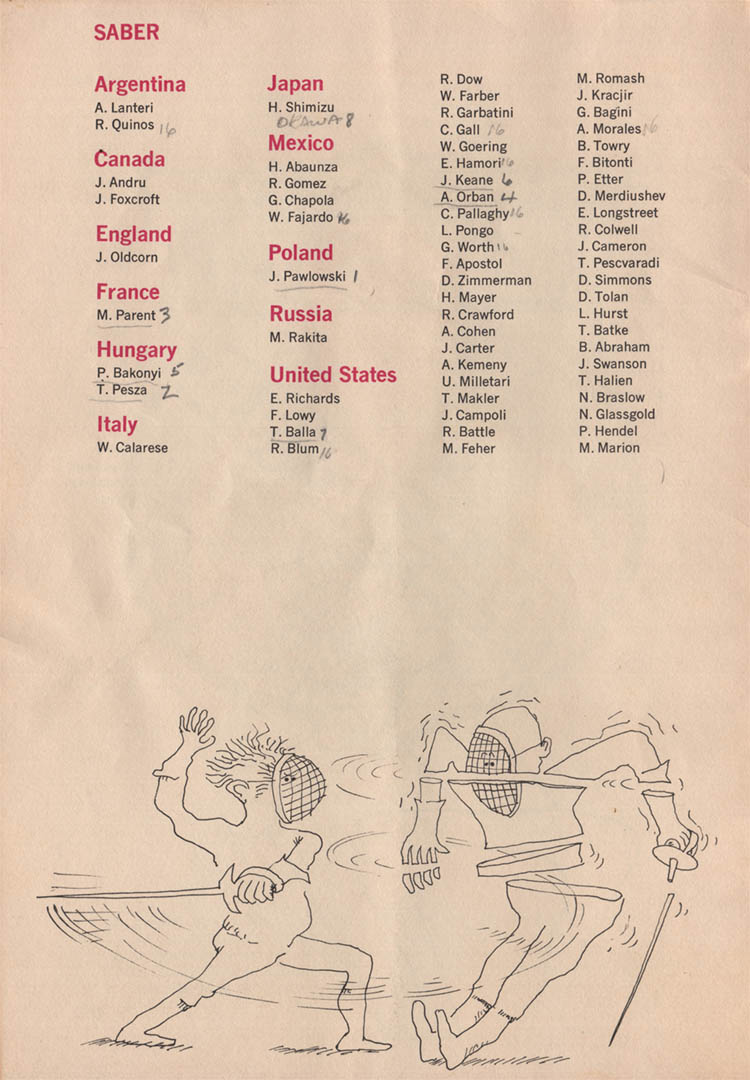

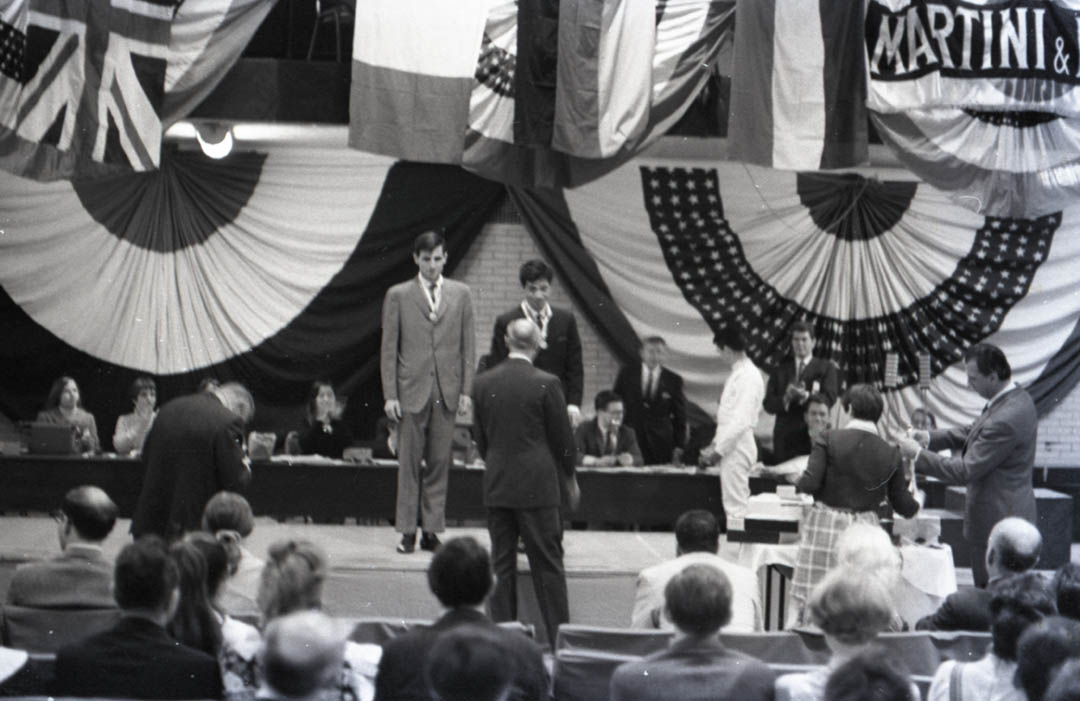
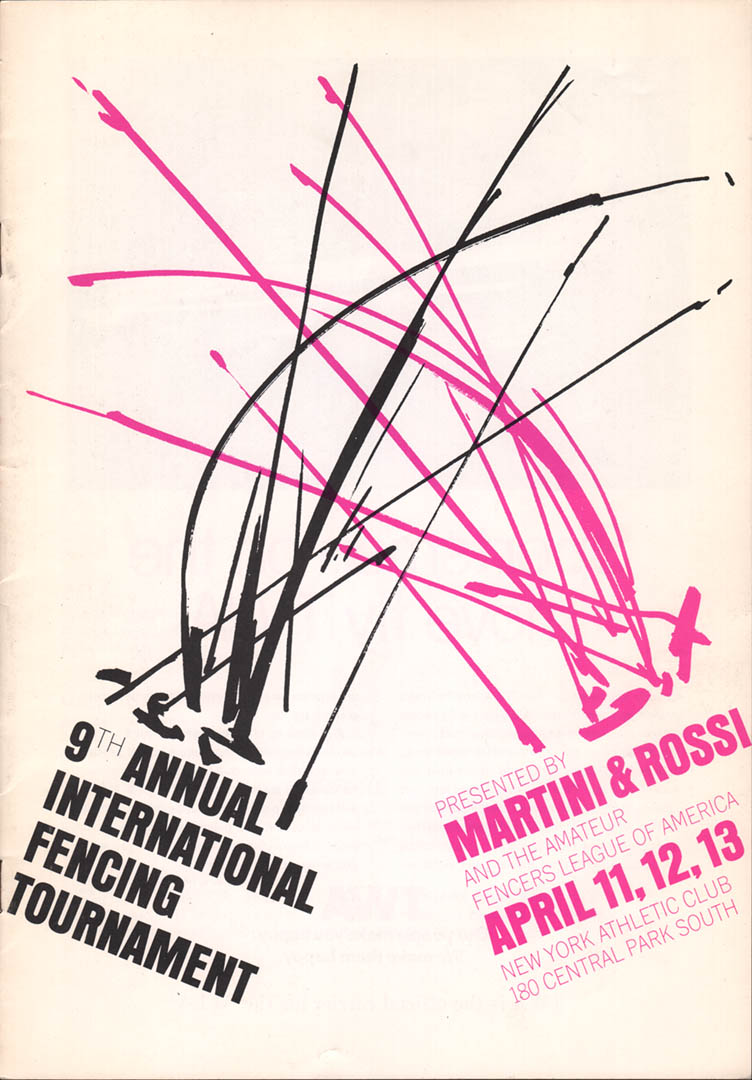

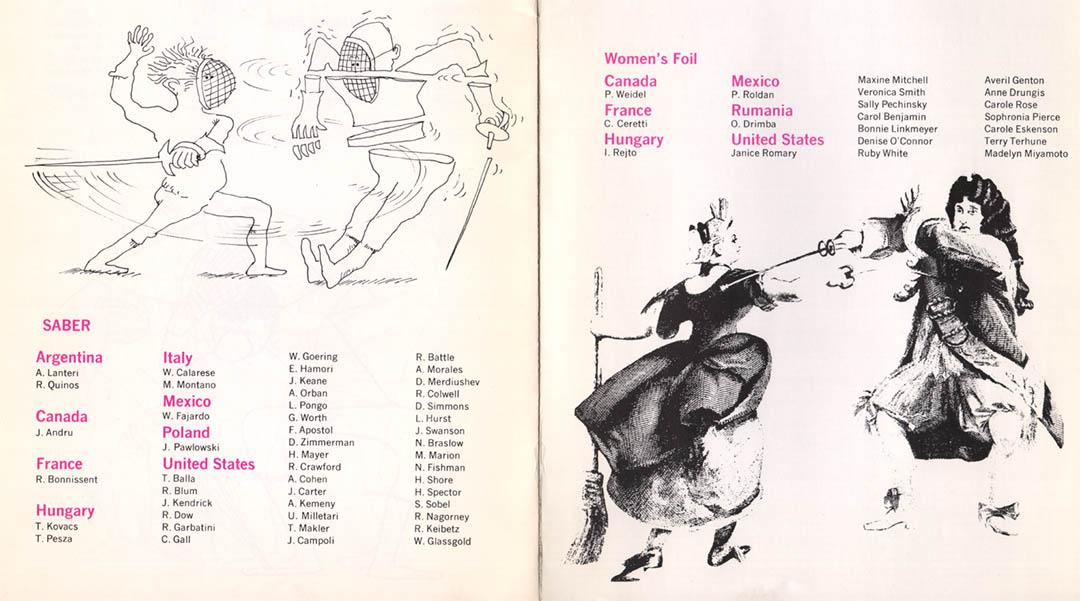
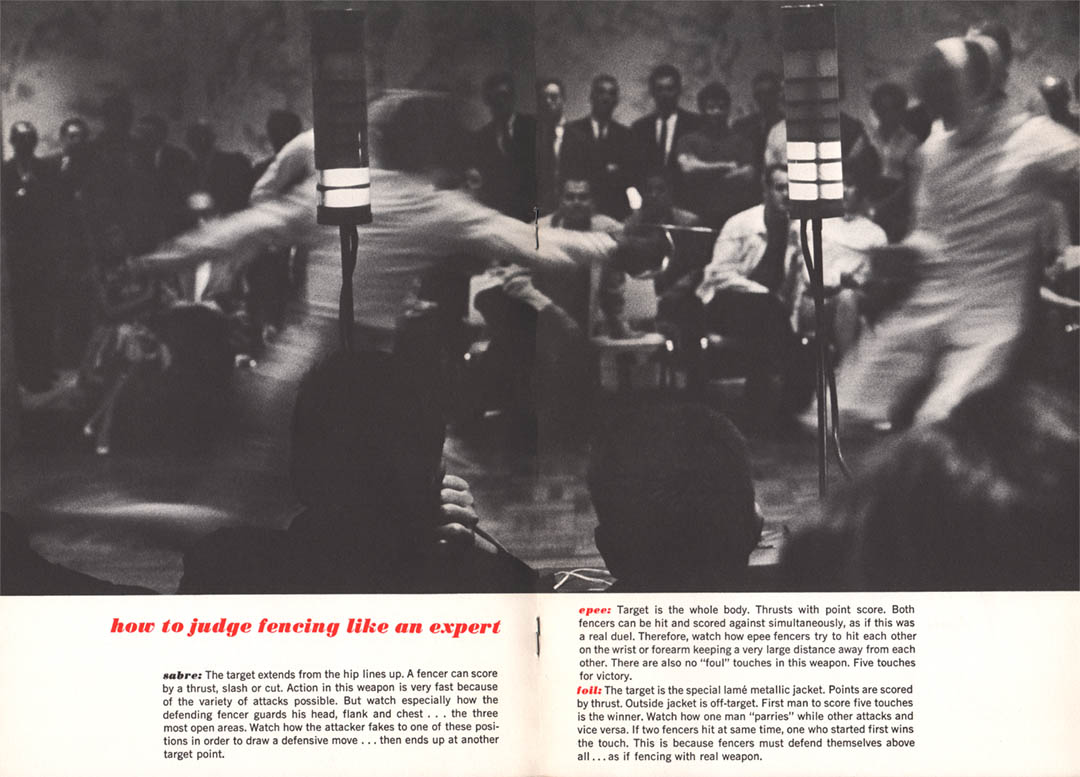
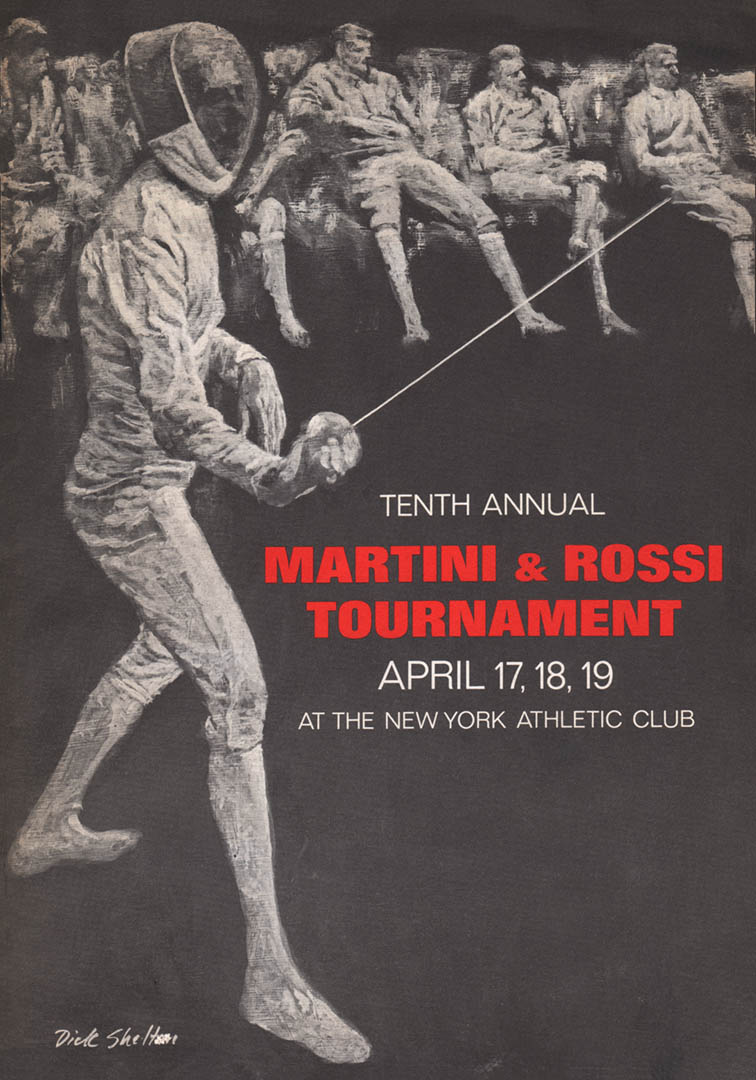

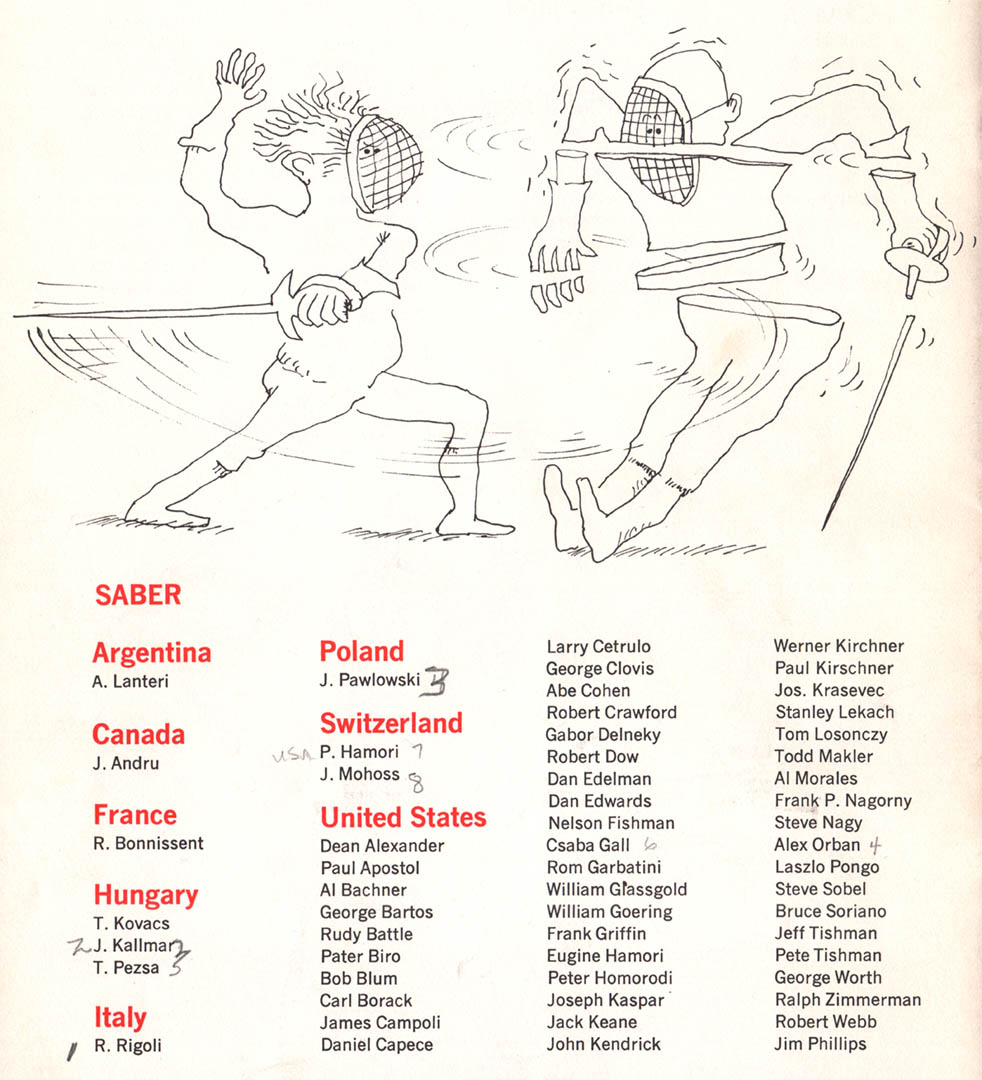
STRO…got me an invitation for the 1980 Martini… I have incredible memories.
My current fencing coach sent me the link to this page, 50 years to the day from when I fenced in the Martini. It was fun, great fencing, even though I did get crushed. Not sure who won.